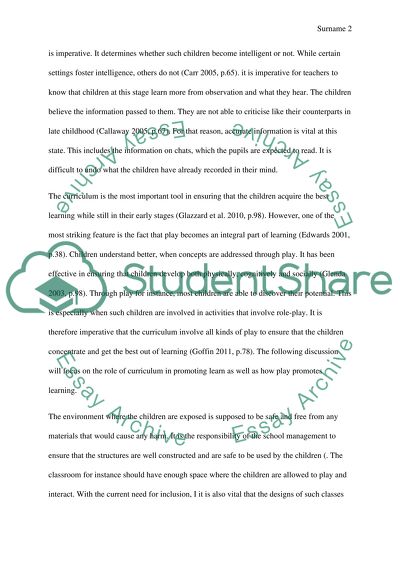Cite this document
(“A Critical Analysis of the Early Years Foundation Stage (EYFS) Essay”, n.d.)
Retrieved de https://studentshare.org/education/1404451-a-critical-analysis-of-the-early-years-foundation
Retrieved de https://studentshare.org/education/1404451-a-critical-analysis-of-the-early-years-foundation
(A Critical Analysis of the Early Years Foundation Stage (EYFS) Essay)
https://studentshare.org/education/1404451-a-critical-analysis-of-the-early-years-foundation.
https://studentshare.org/education/1404451-a-critical-analysis-of-the-early-years-foundation.
“A Critical Analysis of the Early Years Foundation Stage (EYFS) Essay”, n.d. https://studentshare.org/education/1404451-a-critical-analysis-of-the-early-years-foundation.


